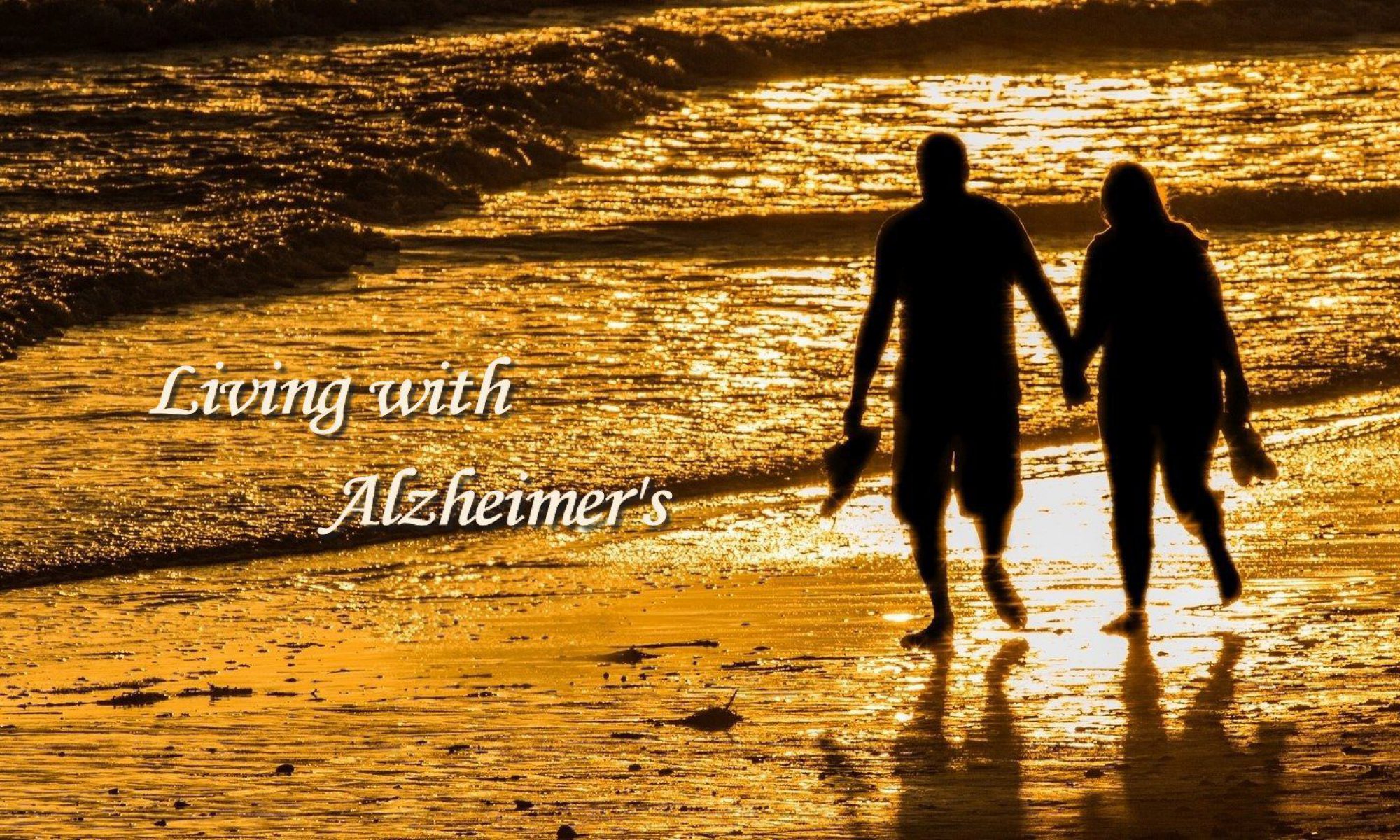Kate and I continue to get along well in our new home in a local retirement community. My motivation for moving was to provide backup support for Kate should something unforeseen happen to me. Having made the down payment two years ago this past May, we were considered to be part of the community with access to virtually all the benefits available to those who were already living here. It wasn’t until a short time before our move that I felt the need to take advantage of anything. That’s when we became eligible for the COVID vaccination. I jumped on that but wasn’t able to get Kate out at the time.
When we moved in, they were no longer giving vaccinations, but I spoke with one of the staff who coordinates resident services about arranging for someone to come to our apartment. She said she would work on that, and shortly thereafter, a team from the county hospital came to us for Kate’s first and second doses.
The longer we are here the more benefits I discover and take advantage of. Many of them are little things that make life a little easier, but some are more significant. This past week involved the latter. The first was a switch in Kate’s primary care physician.
For about fifteen years, she has been patient at the geriatric practice where my mother and father as well as her mother were patients. We have always been pleased with all of the physicians who practiced there, but getting Kate to the doctor now requires our arranging for a wheelchair van or ambulance for her transportation. A year ago, however, the doctor who started the practice and was on the faculty of the medical school opened his own private practice at our retirement community. Kate’s doctor who has worked with him for years and is also with the medical school suggested that it might be best for her to become a patient at his practice.
I thought about that for several months. Two weeks ago, I made the arrangements for the transfer. She had her first appointment Tuesday. He and his nurse spent an hour with us at our apartment where we spent most of our time talking about Kate’s medical history, especially her Alzheimer’s and medications and made the appointment for a second visit, also at our apartment, a month from now. What a wonderful benefit. She has a physician I have known and respected for more than twenty years, and his office is in the building next door. We are connected by a hallway so that we don’t even have to go outside when we visit him, and he doesn’t mind coming to our apartment when that is more convenient.
Kate was the recipient of another health-related benefit this week. Last weekend. a resident in one of the cottages tested positive for COVID. The management responded with a number of changes that involve our wearing masks, cancelling social activities and asking us to minimize our social contact for the next couple of weeks. They also required everyone to be tested Tuesday and Thursday.
I was tested the first day along with 251 others. No one tested positive. I was concerned about Kate’s taking the test that requires a swab for the nose. Although it is not at all painful, I thought she might be frightened by it. I spoke with the person who had arranged her vaccination. She immediately said she would be happy to come to our apartment for the test. We set that up for late afternoon the day before yesterday.
When she and her assistant arrived, I introduced them to Kate and explained what we were going to do. I did so in the calmest non-threatening tone of voice possible. She was quite accepting until I tried to use the swab. The moment the swab touched her nose she pulled away and was adamant about not wanting us to do it. We tried several times over the next five minutes and finally agreed that we should approach it a different way.
I told her I had a prescription of Seroquel that I had used only a few times before and that it makes her sleepy. I added that I felt most comfortable giving it to her before she went to bed. We scheduled it for the following day. I had only used the Seroquel three other times. It knocks her out, so I don’t like to use it; however, it works well for something like this. I held her hands and let the nurse do the swabbing. Kate awoke immediately, but the nurse was able to finish quickly. We had the results (negative) before she left the apartment.
Living in a life plan community (often called a continuing care retirement community) may not be for everyone, but it has certainly made life easier for us. I’m glad we’re here.





